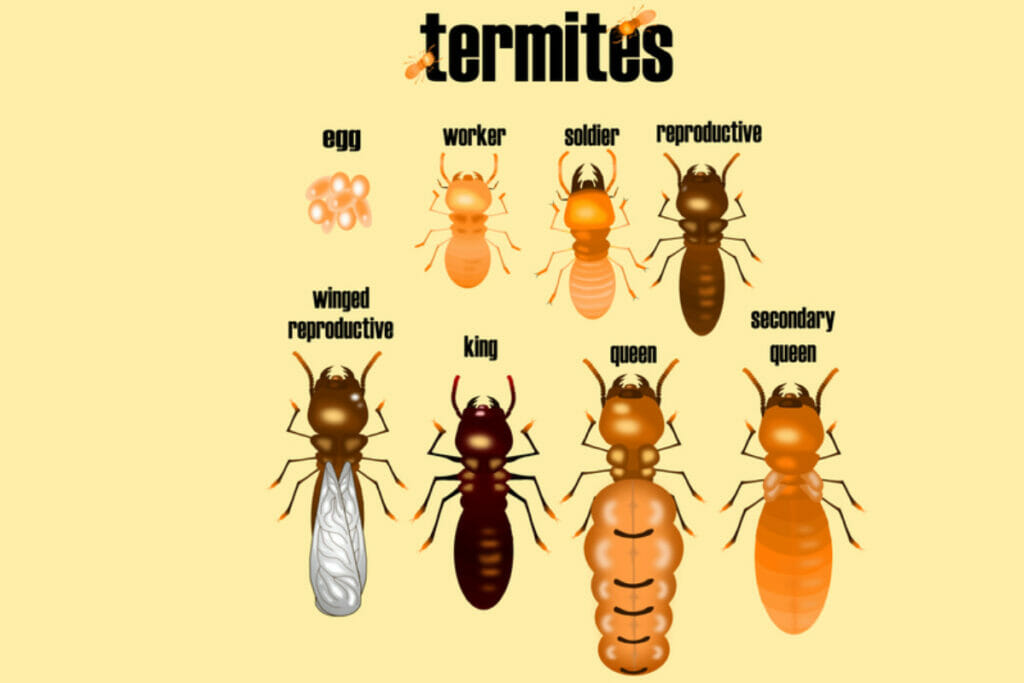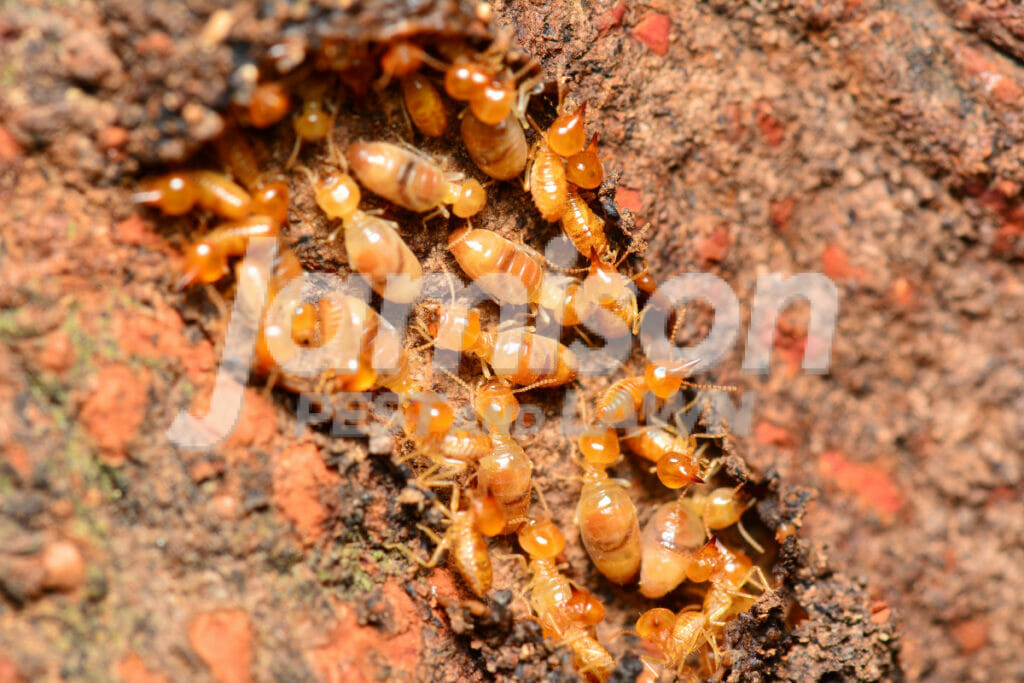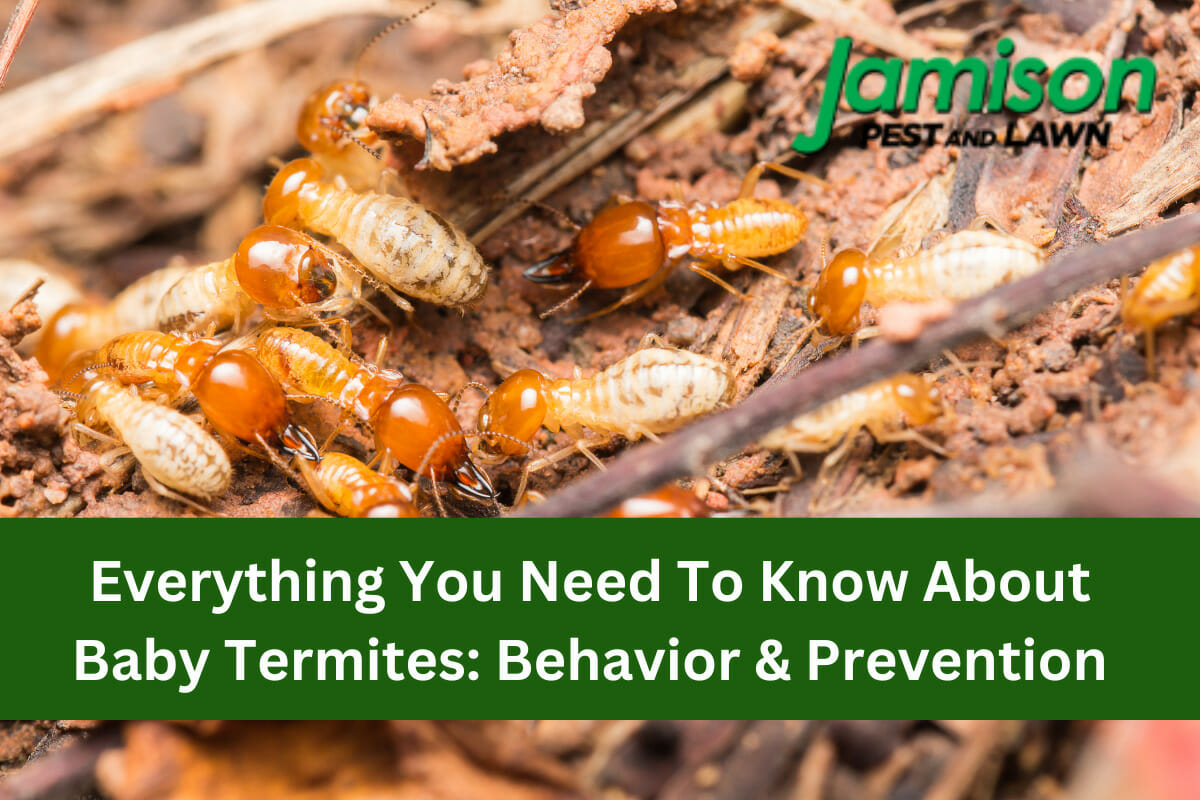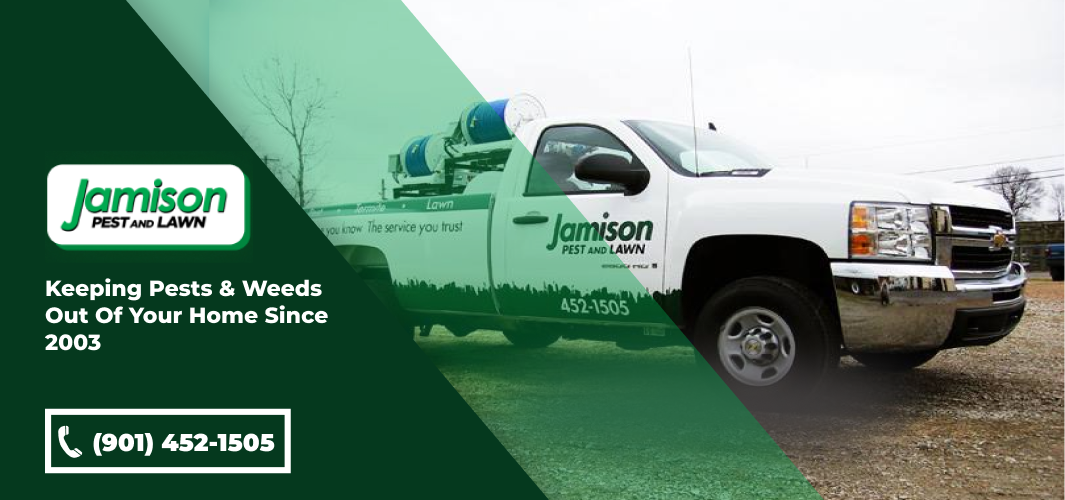As homeowners, we’re no strangers to the havoc that termites can wreak on our properties. These silent destroyers are not just tiny nuisances but formidable threats to our homes and businesses.
But apart from fully grown termites, which we have talked about extensively in our blog post, Termites 101: From Inspection To Control, baby termites can also cause quite a lot of damage.
In this article, we’ll provide you with a detailed understanding of these tiny pests, arming you with the knowledge you need to identify and prevent an infestation.
Understanding Baby Termites
Understanding baby termites (you may also know them by the name nymphs), is key as they’re not only the most common termite found in a colony, but they’re also quite industrious, taking part in nest-building and food hunting. Born blind and helpless, these creatures undergo several molting processes as they mature.
What Do Baby Termites Look Like?
How small are baby termites? In short, very small. When they first hatch from eggs, nymphs are usually small, pale, and soft-bodied. They lack the characteristic features of adult termites, such as wings and the hard exoskeleton that provides protection.
As these little creatures molt and progress through their growth stages, their appearance changes, and then they start to attain the brownish color of adult termites.
This period of nymphs’ growth is vital in their life cycle as they gradually develop their abilities to contribute to the colony. Though they lack wings and are softer than their adult counterparts, these baby termites are far from being defenseless. They have a strong affinity for social interactions, making them important to the colony’s survival.
By understanding these habits, you can better identify signs of baby termites in your home and take measures to prevent infestation. Remember, these small creatures, though seemingly harmless, can lead to significant damage if left unchecked.
Baby Termite Behavior
Did you know that these wingless nymphs, despite their small size, make up the majority of a termite colony? These little creatures have a significant role in the colony, with responsibilities that go beyond their initial expectation.
Though at the initial stages, these baby termites remain confined to their nests. During this stage, they are not as dangerous since they have not started feeding on the wood fibers yet. However, things start to change pretty quickly.
The queen termites lay a lot of eggs, and more and more baby termites arrive every day. This number grows and may even reach the count of a thousand per day, so if you do not become proactive, this can turn into a big infestation.
As part of their social behavior, termites work together to build nests, find food, and care for the queen. Baby termites are not just helpers; as they develop, they can reproduce as well, giving the termite colony a continuous supply of workers, and ensuring the survival and growth of the colony.
There’s a whole lot more to these nymphs than meets the eye. Let’s delve into some fascinating facts about these termite babies:
1. Reproduction: Even though they’re just babies, nymphs can reproduce. This helps maintain the termite colony’s population.
2. Communication: They communicate using pheromones, a type of chemical signal. This form of communication aids in coordinating colony activities.
4. Growth Stages: Nymphs undergo multiple molting stages as they grow. Each molting stage brings them closer to becoming fully mature termites.

Preventing Termite Infestation: Safeguarding Your Home
Blocking Access Points:
Defend against an infestation by identifying common entry points like foundation cracks, gaps around windows/doors, or piles of frass. Seal these openings and maintain a clean, debris-free home.
Stay Vigilant For Signs:
Stay on the lookout for indications of termite activity, such as discarded wings, mud tunnels, or hollow-sounding wood. Swiftly contact pest control experts upon discovery.
Long-Term Strategies:
Use natural-repellent and termite-resistant materials during the construction of a home. Opt for types of wood that are less appealing to termites in infested areas.
Effective Home Maintenance for Termite Prevention
Regular Cleaning and Moisture Control:
Regularly clean up wood debris and maintain a clutter-free home to deter termites. Prevent moisture buildup by promptly fixing leaks and ensuring proper ventilation.
Foundation Inspection and Repair:
Regularly inspect and repair cracks and holes in the foundation to eliminate potential termite entry points.
Window and Door Sealing:
Seal gaps around windows and doors to prevent termites from entering your home, offering a simple yet effective protective measure.
Landscape Considerations:
Plant trees and shrubs away from your home to reduce the risk of termites infiltrating. Avoid using wood mulch near the foundation for flower beds, as it can attract these pests.
Vigilant Inspections:
Conduct regular home inspections for signs of termite activity, such as discarded wings or mud tubes. Promptly consult pest control professionals upon detection. Consistent vigilance and maintenance are key to effective termite prevention.
Baby Termite Diet: How Do They Grow?
After understanding the life cycle of baby termites, it’s crucial to delve into their dietary habits. As we’ve mentioned before, these termites are major contributors to the infrastructure of the colony. However, it’s their feeding habits that truly make them an integral part of the ecosystem within the colony.
Understanding the termite diet and the nutritional requirements of these insects can provide important insights into their behavior and survival mechanisms.
Termite Diet:
Termite babies, just like adult termites, are detritivores, meaning they feed primarily on dead plant material. This includes a wide range of substances, from leaf litter to dung. However, their main source of sustenance is wood fibers. Their ability to break down cellulose, the main component of plant cell walls, makes them unique and destructive pests.
Feeding Habits
Termite babies are cooperative feeders. In fact, within a termite colony, there’s a complex system of food sharing. For those who love technical terms, this process is known as trophallaxis. This involves the exchange of nourishment between colony members, leading to more efficient food consumption and nutrient distribution.
Nutritional Requirements
Termites require a balanced diet like any other organism. They also need to ingest other nutrients, such as nitrogen, from cellulose to grow and develop. This nutrient is usually obtained from soil or decaying wood.
Life Cycle Insights
Delving into the life cycle of termite babies provides fascinating insights, from their infancy as vulnerable nymphs to their transformation into destructive adults and, finally, their role in the complex social structure of a termite colony.
Termite colonies are intricate societies with a hierarchy that assigns roles to different types of termites. This system includes workers, soldiers, and the reproductive termites. Termite reproduction is primarily the reproductive termite’s job, including the queen termite. These termites are responsible for expanding the colony and producing new generations of termites.
Meanwhile, worker termites are responsible for foraging for food and caring for the nymphs, while soldiers defend the colony from predators.
Their nests are often built underground or within the wooden structures of homes, where they can cause significant damage if left unchecked.

Detecting Termite Presence
Spotting these stealthy invaders in your home can be like finding a needle in a haystack, but it’s crucial to unmask their presence before it’s too late. The signs of termite infestation aren’t always obvious to the untrained eye, but there are some telltale signs you can look out for. These include:
* Mud tubes on exterior walls
* Hollow or damaged wood
* Discarded winds or frass
* Bubbling paint or crumbling drywall
Knowing how to detect termites is only part of the battle. We also need to understand and apply termite control methods and termite prevention techniques.
Professional Pest Control: When Should You Get An Expert’s Help?
Let’s imagine for a moment your home maintenance has been top-notch, but you still find signs of termite activity. This is when it’s time to call in the professionals who specialize in pest control.
Their professional expertise makes them well-equipped and trained to handle all types of pests, including baby termites. A professional exterminator will provide inspection services that are thorough and detailed, including:
– Identifying the type of termite infestation to help determine the best termite control methods
– Locating the source and extent of the infestation for effective extermination
– Evaluating the damage caused to devise a plan for repair and prevention
– Recommending preventive measures to keep termites at bay in the future
Best Termite Control Services In Tennessee
In the battle against these small yet destructive baby termites, we’re all in this together. We’ve explored their behaviors, their roles, and the havoc they can wreak on our homes.
We’ve shared prevention tactics and detection signs, arming you with the knowledge to protect your home.
However, be it termites or their babies, don’t underestimate these silent destroyers. Keep a watchful eye out, maintain your home, and when in doubt, seek professional help from the experts of Jamison Pest and Lawn.
We are the best when it comes to pest control services in Tennessee. With years of experience handling termites, and other pest control services, we are able to provide you with the best and the most effective service.
Contact us today at (901) 452-1505 to get started on your termite removal project, and keep your home termite-free for years to come.




